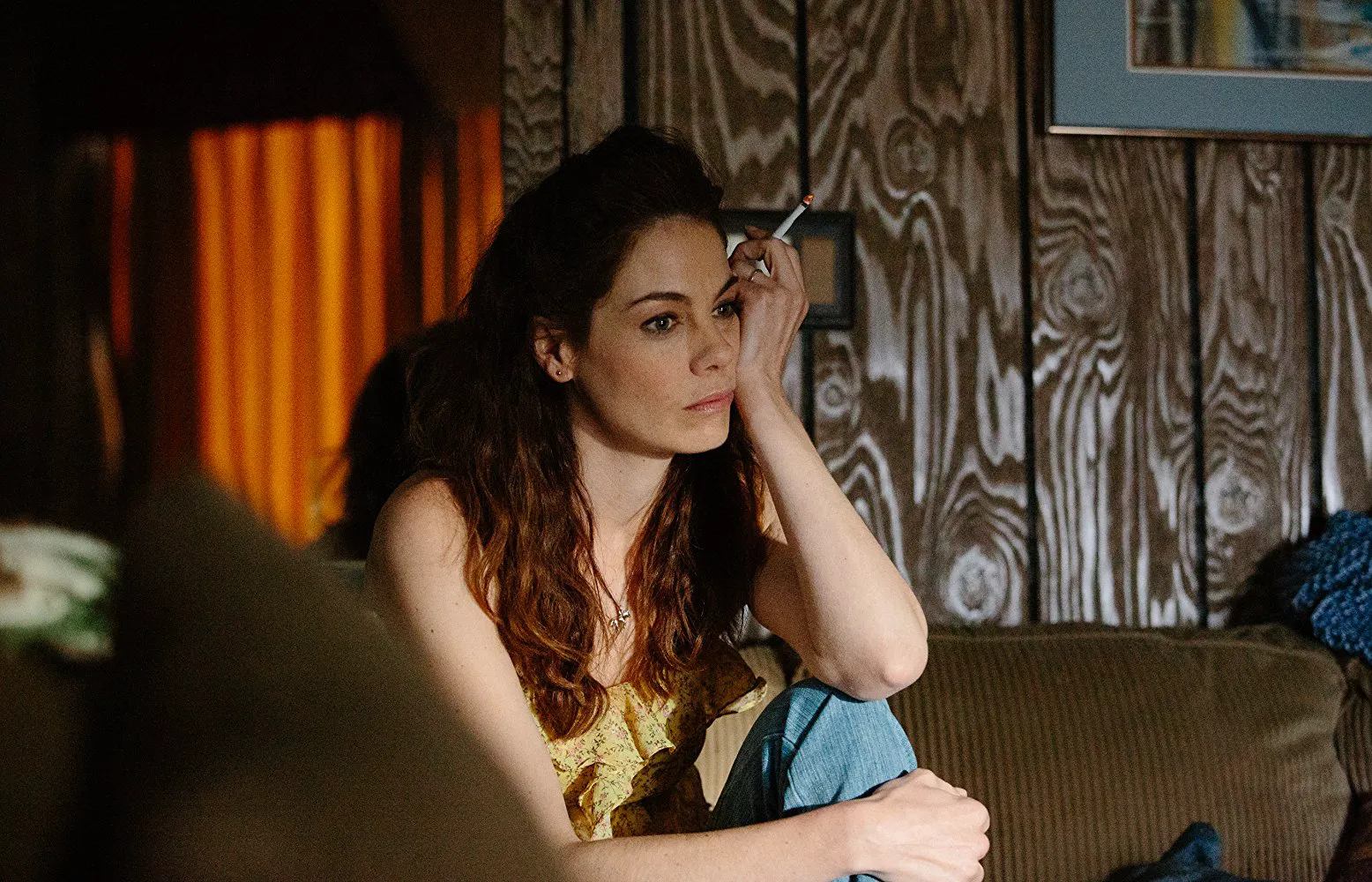Beyond the Box Office: “The Vanishing of Sidney Hall”
In our weekly “Beyond the Box Office” segment, we spotlight films that may not hit Russian cinemas but still deserve your attention.
Eight-year-old Sidney Hall and his friend venture far from town to bury a mysterious red tin box in a secret location. At eighteen, Sidney falls for Melody, the beautiful girl who moves in next door. He dreams of writing a novel, but for now, he scribbles notes for the local newspaper and shocks his teachers with candid essays about the meaning of life. At twenty-four, Sidney Hall is nominated for a Pulitzer Prize – his debut novel about the fate of a generation becomes a bestseller, but the coveted recognition only shatters his inner world and relationships. At thirty, Sidney Hall has been out of contact with the world for five years, but a mysterious figure is attacking bookstores and burning his books. An equally enigmatic detective is on the perpetrator’s trail. Three periods in the life of a writer who penned two world-changing novels unfold in parallel, converging at a single point – the red tin box buried on the shore of a remote lake.

Logan Lerman was chosen to play Sidney Hall as, in the director’s opinion, the only actor capable of portraying the same character at three different ages.
Hollywood loves films about the struggles of writers, artists, and directors. Across the ocean, it’s believed to be quite interesting to understand the origins of paintings, poems, and films, what emotions or events give rise to masterpieces, and what makes creators sit for days, staring at a single point, waiting for inspiration. These stories are presented in various genres, from romantic comedies to horror films and mystical thrillers. And audiences gratefully receive these well-crafted and engaging films – they may not be instructive, but they can certainly shed light on certain elements of what is generally called art.

However, this works only in skilled hands. Under less talented and elegant direction, stories of artistic pursuits often turn into a jumble of high-flown monologues, forced poses, and absurd plot twists. Such films either become outright torture for the viewer or disappoint with their final construction – the hero, in whom the audience sees a mouthpiece of the era and someone to emulate, turns out to be a hollow shell. The protagonist of “The Vanishing of Sidney Hall” flounders somewhere in between. The film is suitable for a one-time viewing, although it’s not particularly captivating, and the ending is quite prosaic, if one can say that about a writer. The filmmakers seem to admit their powerlessness and cut off the ends to avoid trouble.

The structure mentioned in the synopsis – the story unfolds in parallel across three different time periods – doesn’t exactly fail, but it’s tiring and ultimately reveals the author’s helplessness. When everything becomes clear, it turns out that the entire intrigue rests solely on understatement, that the time jumps are meant to hide a manipulative and rather simple plot solution, which, by the way, is quite obvious from almost the first frames. The meaning of all this is akin to telling you about a self-propelled carriage but concealing until the end that it has an engine under the hood and gasoline in the tank. So, the viewer can immediately dismiss the detective, thriller, and even mystical elements – they are a dead end.

Originally, back in 2008, Joe Russo was planning to direct the film under the guidance of producers Ridley and Tony Scott, with Jim Sturgess in the lead role. However, pre-production dragged on and then stopped altogether until Shawn Christensen reclaimed his script in 2014 and began filming himself.
The Shifting Sands of Perspective
What seems slightly more interesting is the attempt to compare the worldview of the same person at 18, 24, and 30 years old. It’s no secret that our views on ourselves and the environment can change dramatically in just a year. But here too, revelations are not to be found. While the young Sidney Hall is quite organic, albeit daring beyond his years, the adult Sidney is presented in a formulaic and dry manner. It’s quite possible that this was the intention – to show that over time, all dreams turn to dust, aspirations become more grounded, and even the most creative person’s life dries up from within. However, neither director and screenwriter Shawn Christensen nor lead actor Logan Lerman seems to have had the talent to achieve this. Despite all the upheavals that befall Sidney, these are three different people in the three layers of the story, with no connecting links between them.
Overused Tropes
Without this connection, the filmmakers have to resort to “forbidden techniques,” injecting drama here and there, whether it’s appropriate or not – here you have domestic violence, disability, jealousy, and pregnancy, the whole bunch of “diseases” of those films that lack emotion in the core story of the script. And the torments of creativity ultimately have nothing to do with it. Sidney writes a lot but keeps everything he writes to himself. As if this can tell someone something important and explain something where stories and explanations are not needed. All that’s needed is skill. The protagonist has it, but the filmmakers don’t.